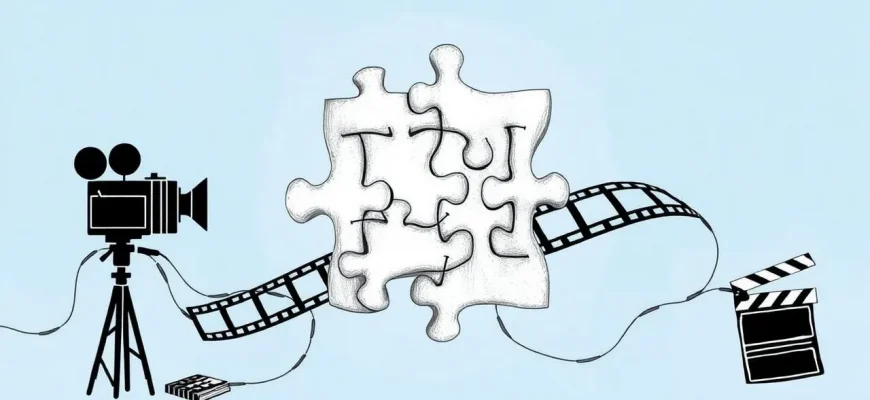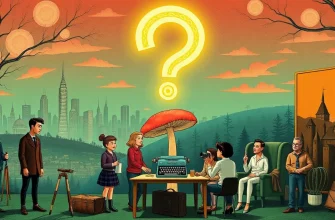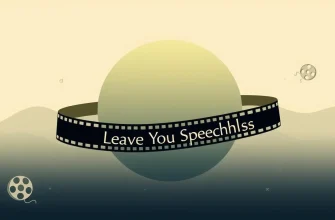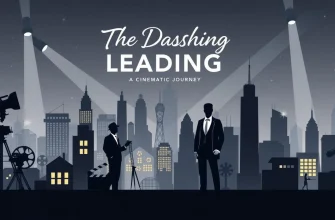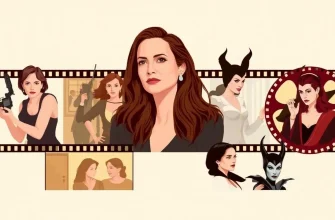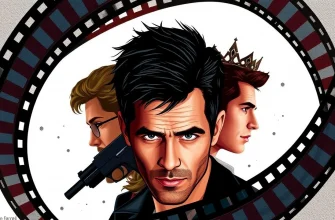Films with multiple storylines offer a unique cinematic experience, weaving together different narratives to create a complex, engaging tapestry. These films challenge viewers to follow various threads, often intersecting in unexpected ways, providing depth, surprise, and a broader perspective on life's intricacies. This collection showcases some of the finest examples where storytelling reaches its peak through the art of interwoven plots.
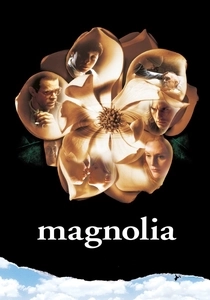
Magnolia (1999)
Description: Paul Thomas Anderson's epic drama intertwines the lives of several characters in the San Fernando Valley, exploring themes of coincidence, forgiveness, and redemption.
Fact: The film's title refers to the magnolia tree, symbolizing the interconnectedness of the characters. It features an iconic scene where frogs rain from the sky.
 Watch Now
Watch Now 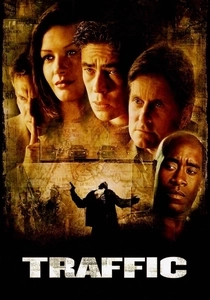
Traffic (2000)
Description: Steven Soderbergh's film follows the drug trade from multiple perspectives, including law enforcement, users, and dealers, showing the complexity of the war on drugs.
Fact: Traffic won four Oscars, including Best Director for Soderbergh. The film uses different color palettes to distinguish between its various storylines.
 Watch Now
Watch Now 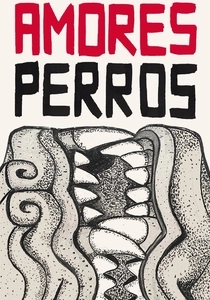
Amores Perros (2000)
Description: This Mexican film by Iñárritu intertwines three stories around a car crash, exploring themes of love, fate, and the harsh realities of life in Mexico City.
Fact: The film was nominated for Best Foreign Language Film at the Oscars. It was Iñárritu's directorial debut.
 Watch Now
Watch Now 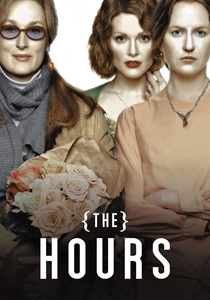
The Hours (2002)
Description: This film explores the lives of three women in different time periods, connected by Virginia Woolf's novel "Mrs. Dalloway," examining themes of identity and mental health.
Fact: Nicole Kidman won an Oscar for her portrayal of Virginia Woolf, using a prosthetic nose to resemble the author.
 Watch Now
Watch Now 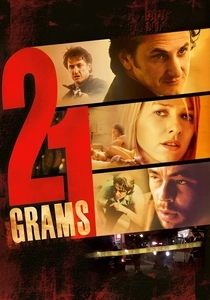
21 Grams (2003)
Description: Directed by Iñárritu, this film intertwines the lives of a critically ill mathematician, a grieving mother, and an ex-convict, exploring themes of fate and redemption.
Fact: The film's title refers to the supposed weight of the soul, a concept that intrigued the director. It was nominated for two Oscars.
 Watch Now
Watch Now 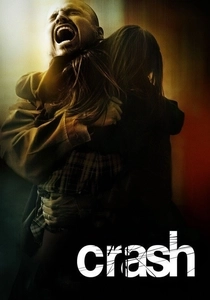
Crash (2004)
Description: This film delves into racial and social tensions in Los Angeles, with multiple characters' lives intersecting in ways that challenge their prejudices and beliefs.
Fact: Crash won the Best Picture Oscar in 2005, beating out favorites like Brokeback Mountain. It was inspired by real-life events in Los Angeles.
 Watch Now
Watch Now 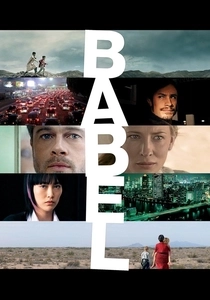
Babel (2006)
Description: Directed by Alejandro González Iñárritu, this film tells four interlocking stories set in different countries, showing how a single event can have far-reaching consequences.
Fact: The film was shot in four different languages and won the Best Original Score at the Oscars. It was also nominated for Best Picture.
 Watch Now
Watch Now 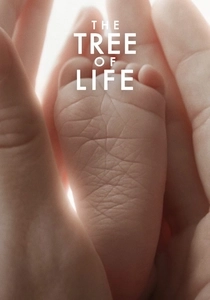
The Tree of Life (2011)
Description: Terrence Malick's meditative film explores the life of a family in the 1950s, juxtaposed with cosmic imagery, reflecting on existence, memory, and the passage of time.
Fact: The film won the Palme d'Or at Cannes. It includes a 17-minute sequence depicting the creation of the universe.
 Watch Now
Watch Now 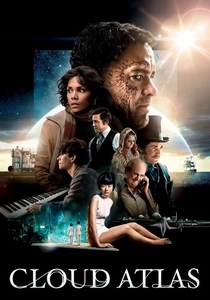
Cloud Atlas (2012)
Description: This ambitious film spans centuries, linking six different stories through themes of reincarnation and the impact of actions across time.
Fact: Actors play multiple roles across the different timelines, showcasing their versatility. The film was directed by the Wachowskis and Tom Tykwer.
 Watch Now
Watch Now 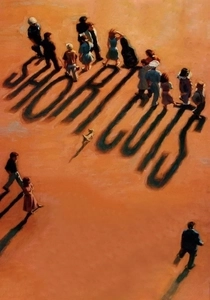
Short Cuts (1993)
Description: Robert Altman's adaptation of Raymond Carver's short stories, where the lives of 22 characters in Los Angeles intersect in surprising and often humorous ways.
Fact: The film was nominated for the Palme d'Or at Cannes. It features an ensemble cast including Julianne Moore and Tim Robbins.
 30 Days Free
30 Days Free 
